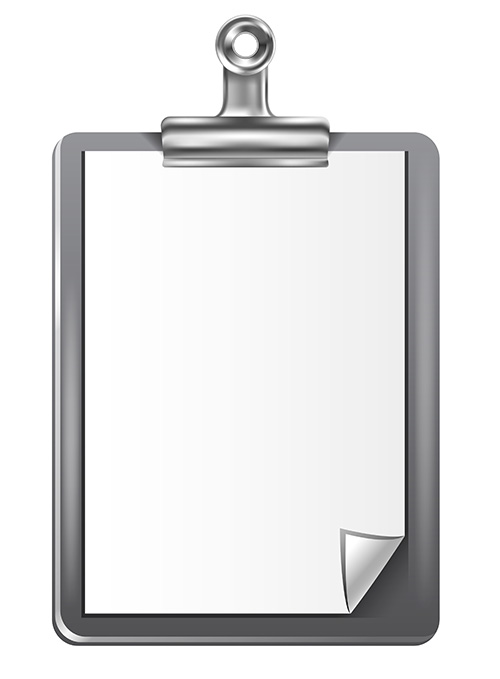Chapter 13:How to write a music press release
A good press release is the foundation of a forward thinking press campaign, so getting it right is really important in order to ensure that recipient of the release wants to carry it in their publication. Writers and journalists tend to receive press releases in their droves, so you will have to do all that you can to ensure that your press release grabs them straight away.
Non–writers with no experience in PR tend to shy away from the writing of press releases, but it is a very easy process that doesn’t need to be overcomplicated; it is the journalist’s job to jazz it up so that it slots in with their publication and it is the distributor’s job to inform the journalist to the point that they are interested and want to carry your release, you don’t have to be the next Wordsworth to create a punchy release.
Once you have written a few releases, they will start to flow naturally as they all follow the same structure; the only thing that changes in a press release is the content.
Follow these simple steps to create that all important press release:

1) Draft the body of your release
The first sentence of a press release is the kicker, so take a little time to create a draft before you get straight to it.

Think about what you would want to see if you were on the receiving end and play around with opening gambits; journalists are sick of seeing robotic copy so think outside of the box and aim to engage them from the first line.
2) Type out the industry standard copy that indicates that the document is a press release
Journalists need to know what they are being sent, so it is important that you clearly state that the document is a press release. Start by writing ‘PRESS RELEASE: FOR IMMEDIATE RELEASE’ in bold capital letters, followed by the title of the release in the same font. This title should be centred.
Underneath the title, date the release in the same bold font but not in capital letters. The date should read in the traditional left to right format.
3) The body of the release
Type out the body of the release and use a polished first sentence to command the attention of the reader. The release shouldn’t be written with a marketing slant, the purpose of it is to inform the journalist of factual information; salesy copy in a press release is a turn off and the journalist may well delete it and move on to the next one.
Don’t forget to include all the important information such as who the subject, what the news is and when it is happening/happened. Make the tone upbeat and show a buzz around the release, if the release is emanating excitement, the journalist will pick up on it.
4) Include quotes
Quotes give a release depth and substance and allow it to flow better; generate the quotes yourself but don’t put in too many, they are just there as a way of breaking up the release, they shouldn’t form the main structure.

5) **ENDS**
Write this at the end of the release to indicate to the reader that the release is finished.
6) Details
Write the details of who to contact in regards to the release. Include name, email and phone number.
7) Editors Notes
As a rule of thumb, a press release should be no longer than one page of A4 with a 12 point font maximum, however a lot of writers do opt to put in editors notes to support the release. The notes usually just detail more information about the subject and often have an incentive in them that encourages the journalist to get in touch.
You can also include any links to social media and websites in the editors notes. If you decide not to have editor’s notes, try to slot the links into the main body of the release.

- Contents
Introduction to the Guide - Chapter 1:
What is Music PR? - Chapter 2:
Writing Great Music - Chapter 3:
Basic Recording Studio Set Up - Chapter 4:
How Loops and Samples can help you make your music - Chapter 5:
How to get an online presence - Chapter 6:
The importance of social networking and keeping accounts updated - Chapter 7:
How to decide on an image/style for your band or as an artist - Chapter 8:
The importance of consistency and uniformity within your brand
- Chapter 9:
Registering your music with PRS/PPL – Why? - Chapter 10:
What is music publishing? - Chapter 11:
What are ISRC Codes / Barcodes? - Chapter 12:
Why it is important to network with your music contacts - Chapter 13:
How to write a music press release - Chapter 14:
How to get music reviews - Chapter 15:
How to get radio airplay - Chapter 16:
Finding music bloggers in your genre - Chapter 17:
Why are music bloggers important?
- Chapter 18:
How to find gigs - Chapter 19:
How to set up a band tour - Chapter 20:
Merchandising - Chapter 21:
Promote your music and make money on YouTube - Chapter 22:
What is Sync Licensing? - Chapter 23:
Why are chart positions so important? - Chapter 24:
Why should you have multiple remixes of a dance track? - Chapter 25:
Search Marketing and Music PR - Chapter 26:
Music distribution